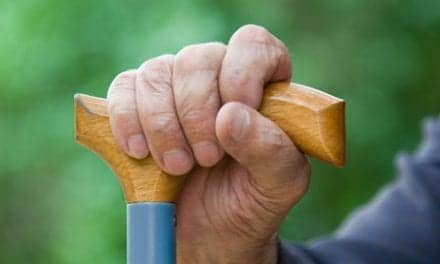A study conducted by Texas A&M researchers and published in American Journal of Public Health suggests that standing desks may help slow the increase of BMI in elementary school children by an average of 5.24 percentile points.
A total of 193 students in 24 classrooms at three elementary schools (eight in each of the three schools) in College Station, Texas, participated in the study, from the beginning of third grade to the end of fourth grade. Four classrooms in each school were outfitted with stand-biased desks (which allow students to sit or stand at will), and four classrooms in each school (acting as the controls) utilized standard classroom desks.
According to a media release from Texas A&M University Health Science Center, the researchers note that the students who used the stand-biased desks for both years averaged a 3% drop in BMI, while those who used the traditional desks experienced a 2% increase in BMI—which is typically associated with getting older.
However, the researchers note also that even those who spent just 1 year in classrooms with stand-biased desks had lower mean BMIs than those students in traditional seated classrooms for their third and fourth grade years. In addition, there weren’t major differences between boys and girls, or between students of different races, suggesting that this intervention may work across demographic groups.
“Classrooms with stand-biased desks are part of what we call an Activity Permissive Learning Environment (APLE), which means that teachers don’t tell children to ‘sit down,’ or ‘sit still’ during class,” explains study author Mark Benden, PhD, CPE, an associate professor in the Department of Environmental and Occupational Health at the Texas A&M School of Public Health. “Instead, these types of desks encourage the students to move instead of being forced to sit in poorly fitting, hard plastic chairs for 6 or 7 hours of their day.”
These stand-biased desks, designed by Benden and his team, feature a tall stool that children can sit on if they choose, as well as a footrest. Their design is patented in the United States and are licensed to Stand2Learn.
The study was funded by the National Institutes of Health.
[Source: Texas A&M University Health Sciences Center]





